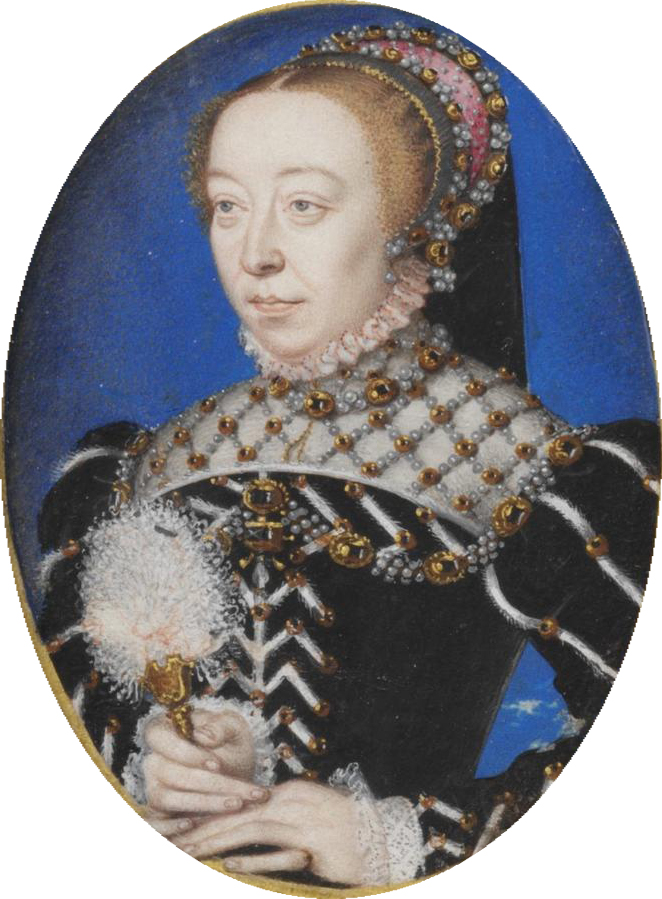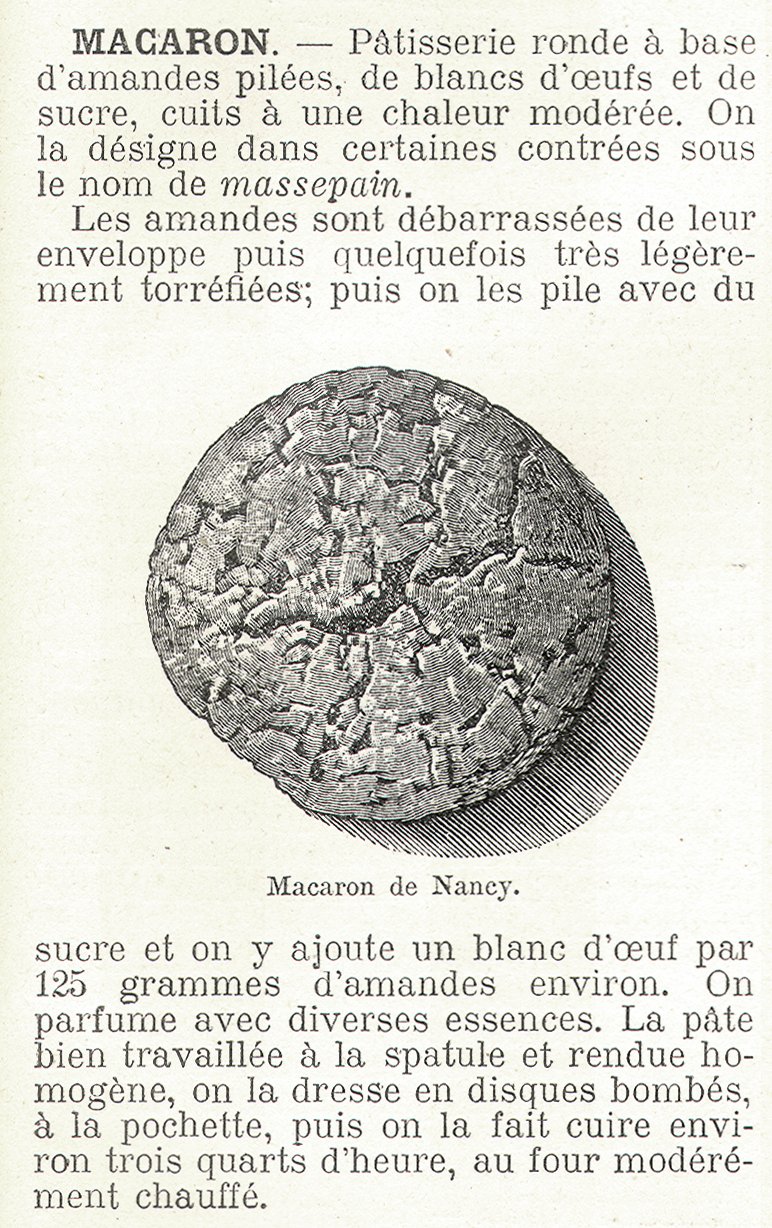I don't know if staying at home, in the middle of any crisis, encourages the love of (delicious) food. For me, it doesn't, which accounts for my nearly empty cupboard and the posts about 4-ingredient recipes. Today's entry, however, is about something which is both delicious and relatively easy to make. All you need for macarons de Nancy is almonds, sugar, egg whites, and some kind of flavoring. The result may not be exactly like the store-bought versions but it will certainly taste good.
Confections based on almonds, such as nougat, were introduced to Southern European cuisines by Arabs. Macarons, in particular, were brought to France after 1533 by the staff who accompanied Henry IV's Italian bride (Catherine de Medicis). Another version was created for the wedding of his grandson, Louis XIV, to a Spanish princess in 1660. During the next century, more recipes were developed in convents all over France. A highly praised version comes from Nancy. La Maison des Soeurs-Macaron (allegedly since 1792, when two nuns escaped from the convent and started a private business) as well as local confectioneries produced macarons of extra quality, whose popularity increased -especially in the last decades of the nineteenth century. These recipes won several awards at the international exhibition of 1909, competing with products not only from metropolitan France but also from the colonies.
Professional recipes for the confection that made Nancy famous are generally kept secret. A definition of the macaron, along with instructions for making at home, was included in the Dictionnaire encyclopédique de l'épicerie et des industries annexes by Albert Seigneurie (1904). It doesn't explain how much sugar to use but it gives the precise amount of egg white needed, which is very important. Despite the author's note, the macaron shouldn't be confused with massepain (marzipan). Also, there are two different methods for combining the ingredients: either the ground almond and sugar are folded into meringue (see above) or the meringue is first combined with syrup, and then with ground almond.
MACARONS
To make this version, I used whatever I had in the kitchen: brown sugar, Amaretto... You can replace them with powdered white sugar and vanilla/almond extract. Rosewater is also often used in almond-based confections so it might be an option.
I n g r e d i e n t s
250g almonds
125g powdered brown sugar
2 egg whites
1tbsp Amaretto
M e t h o d
1. Blanch the almonds, remove their skin, and grind in a food processor. Arrange on a 40x30cm baking sheet lined with parchment paper, then leave in a cooling oven (approx. 50C) for 30 minutes. Grind again in the food processor. Empty into a bowl, and combine with the sugar. 2. Beat the egg whites stiff. Add the liqueur, and fold in the dry ingredients as quickly and lightly as possible. Use two spoons to drop the mixed batter on the lined baking sheet. Bake in a moderate oven for 30 minutes. 3. Let cool completely, and remove from the parchment paper.
 |
| Catherine de Medicis, Queen of France (ca. 1555) |
Confections based on almonds, such as nougat, were introduced to Southern European cuisines by Arabs. Macarons, in particular, were brought to France after 1533 by the staff who accompanied Henry IV's Italian bride (Catherine de Medicis). Another version was created for the wedding of his grandson, Louis XIV, to a Spanish princess in 1660. During the next century, more recipes were developed in convents all over France. A highly praised version comes from Nancy. La Maison des Soeurs-Macaron (allegedly since 1792, when two nuns escaped from the convent and started a private business) as well as local confectioneries produced macarons of extra quality, whose popularity increased -especially in the last decades of the nineteenth century. These recipes won several awards at the international exhibition of 1909, competing with products not only from metropolitan France but also from the colonies.
 |
| 1904 recipe for macarons de Nancy |
Professional recipes for the confection that made Nancy famous are generally kept secret. A definition of the macaron, along with instructions for making at home, was included in the Dictionnaire encyclopédique de l'épicerie et des industries annexes by Albert Seigneurie (1904). It doesn't explain how much sugar to use but it gives the precise amount of egg white needed, which is very important. Despite the author's note, the macaron shouldn't be confused with massepain (marzipan). Also, there are two different methods for combining the ingredients: either the ground almond and sugar are folded into meringue (see above) or the meringue is first combined with syrup, and then with ground almond.
MACARONS
To make this version, I used whatever I had in the kitchen: brown sugar, Amaretto... You can replace them with powdered white sugar and vanilla/almond extract. Rosewater is also often used in almond-based confections so it might be an option.
I n g r e d i e n t s
250g almonds
125g powdered brown sugar
2 egg whites
1tbsp Amaretto
M e t h o d
1. Blanch the almonds, remove their skin, and grind in a food processor. Arrange on a 40x30cm baking sheet lined with parchment paper, then leave in a cooling oven (approx. 50C) for 30 minutes. Grind again in the food processor. Empty into a bowl, and combine with the sugar. 2. Beat the egg whites stiff. Add the liqueur, and fold in the dry ingredients as quickly and lightly as possible. Use two spoons to drop the mixed batter on the lined baking sheet. Bake in a moderate oven for 30 minutes. 3. Let cool completely, and remove from the parchment paper.

Comments